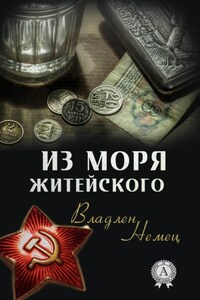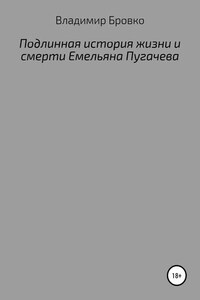Opinion polls suggest that the reputation of the Prince of Wales is beginning to recover after the emotional turmoil of Dianaâs death in August 1997. It had not been good before she died, largely because of his relationship with Camilla Parker Bowles, but in the days that followed the fatal crash it plumbed new depths, as the nationâs anger at the loss of the Princess it loved so dearly turned on the monarchy and, more particularly, the heir to the throne. When Dianaâs brother, Charles Spencer, gave his address at her funeral, and said that he would rescue her sons from the clutches of the Royal Family, the nation cheered â literally â as his voice was relayed to those inside and outside Westminster Abbey.
The Princeâs new-found popularity is no doubt gratifying, and has much to do with the way he has been seen to care for his children in the wake of their motherâs death. A significant percentage of the population would even sanction his marriage to Camilla Parker Bowles. However, a popular misconception undermines this growing acceptance: the belief that the Prince always loved Camilla and made no attempt during his years of marriage to Diana to shut his mistress out of his life.
Few would deny that it takes two to make a marriage, and two to break it. Yet millions of people the world over have been led to believe that the Prince of Wales destroyed his marriage, alone and unaided, because of his obsession with Mrs Parker Bowles. In 1992, Andrew Morton told Dianaâs story â one side of the story â in a book that brought about the end of the âfairytaleâ marriage. Diana â Her True Story, which was reissued after Dianaâs death and renamed In Her Own Words, gave a picture of Charles and Dianaâs life together and the part his mistress had to play in it, which is not quite what those who knew both Charles and Diana best remember.
So far, no one has attempted to tell the complete story. While Diana was alive the Prince would never allow it because he didnât want to hurt either her or their children. In all their years together and apart, and despite intense provocation, he never spoke ill of her in any way. Now that she is dead Charles is even more determined that he will not defend himself and that history alone shall be his judge. If that means waiting until he is long dead, so be it. He has no qualms about meeting his maker. The evidence to support what really happened â letters, diaries, tapes, medical records, which explain the true nature of the relationship â is under lock and key at the Royal Family Archive at Windsor. One day in the future, when they are released, the whole truth will be told.
In the meantime, a number of his family and friends feel he has suffered enough and believe there should be some attempt to correct at least some of the misconceptions.
Diana said some terrible things about Charles, which she later regretted quite bitterly. Not, however, before millions of people were led to believe that she was taken âlike a lamb to the slaughterâ into a loveless union, in order to produce an heir for a man who had no intention of honouring his marriage vows. On the strength of Dianaâs words, there are many who believe that he carried on an affair with his mistress throughout his marriage, even sleeping with her the night before his wedding and resuming their affair immediately after the honeymoon. They believe Charles was a cold and insensitive husband and a cold and insensitive father, who only now, after Dianaâs death, is beginning to show a little affection for his children. Some people even blame Charles for Dianaâs death. And, because Diana said so on prime time television, in an interview for âPanoramaâ in 1995, many believe he is not fit to be king.
It is hard to imagine Prince Charlesâs emotions as he walked behind Dianaâs cortège that September morning, their sons by his side, bravely fighting back their tears. Never had there been such public outpourings of love and grief for someone so few had ever met. The world had loved her, admired her, worshipped her. He had rejected her, divorced her. Why?
Charles: Victim or Villain? tries to explain what really happened in that marriage; to give a more objective view than Dianaâs, and reveal more clearly than ever before the part Camilla Parker Bowles played in it. Not for the sake of the Prince of Wales â who, like Diana, is not entirely blameless â but for the sake of the millions of people who have lived through this royal soap opera and have never had an alternative account of what happened on which to form a judgement for themselves. At the moment there is only Dianaâs account, which is flawed and inevitably partial, as even her friends will admit in private.









